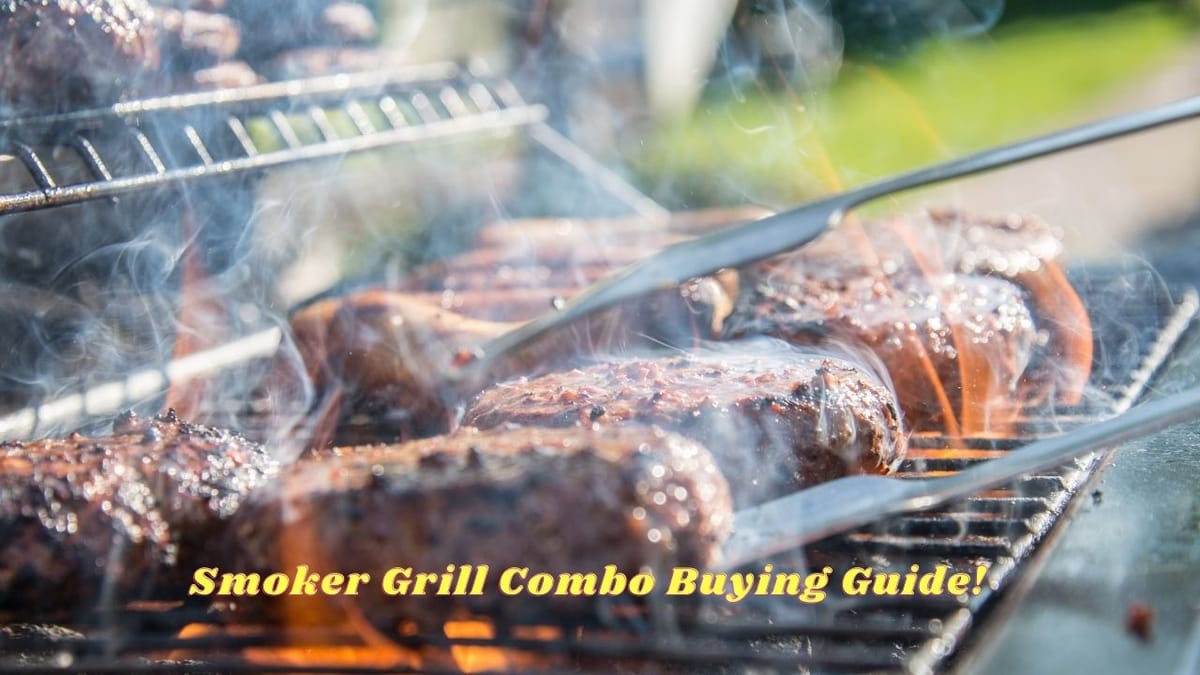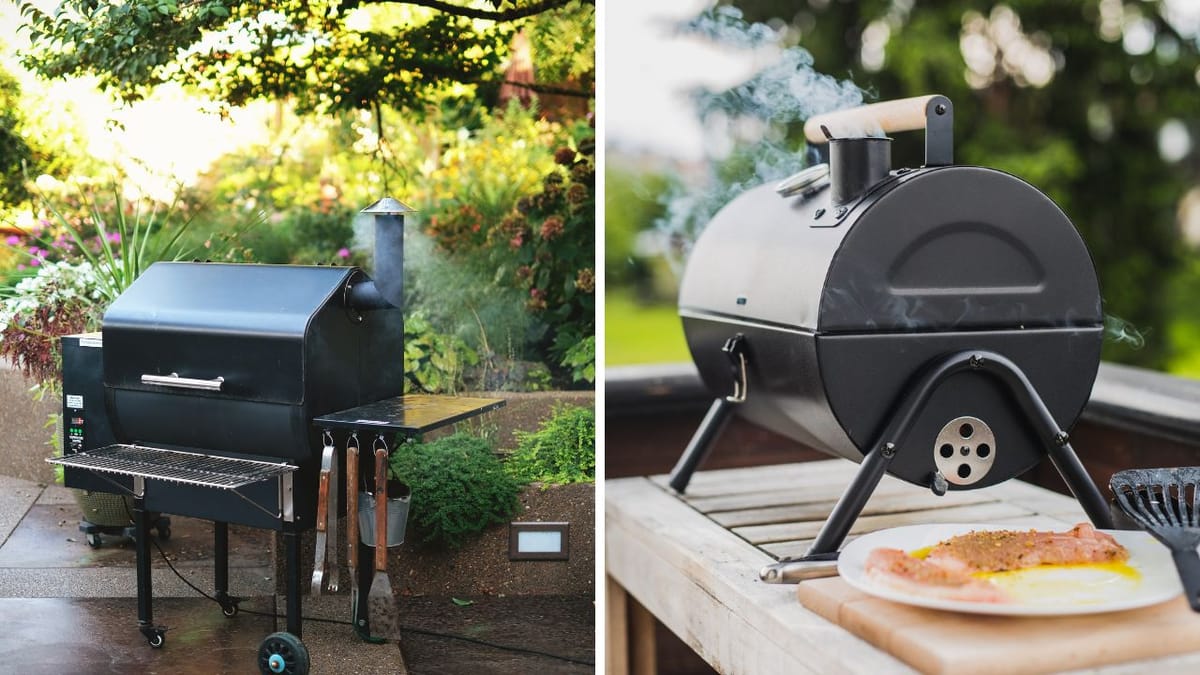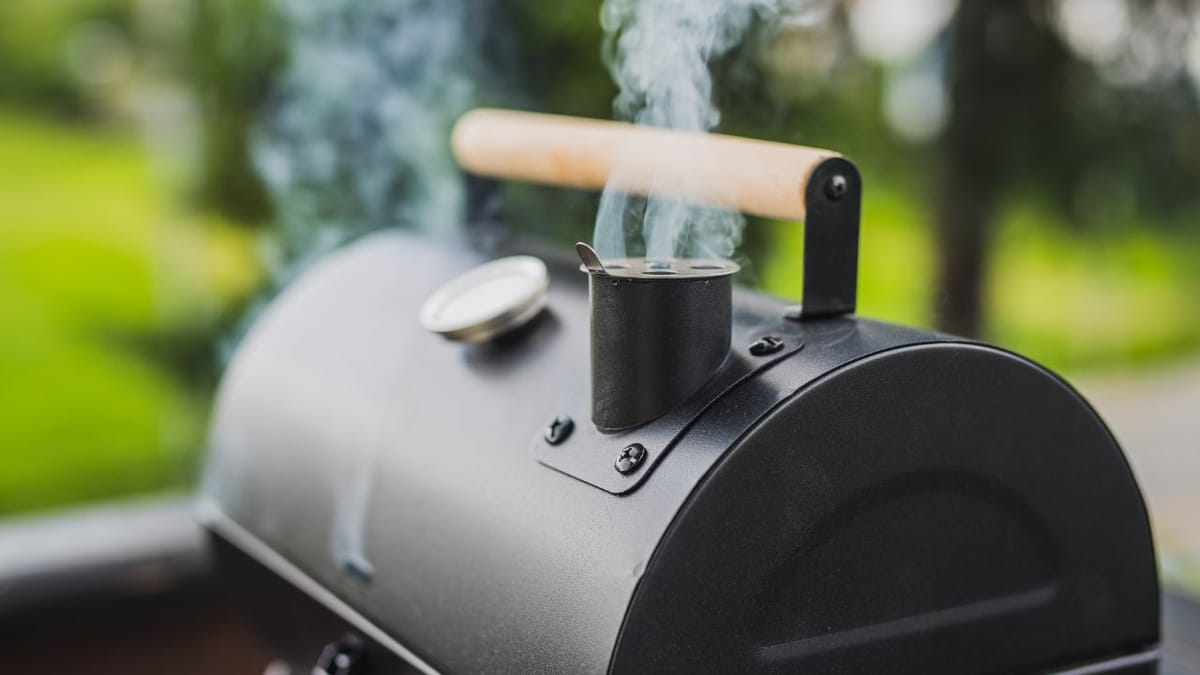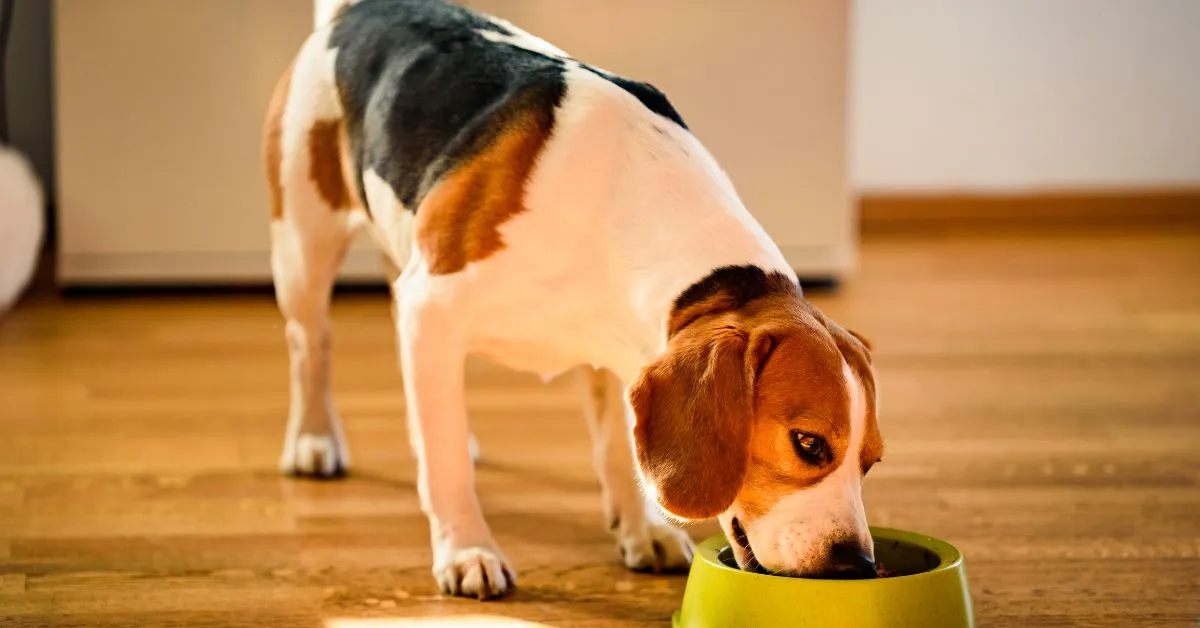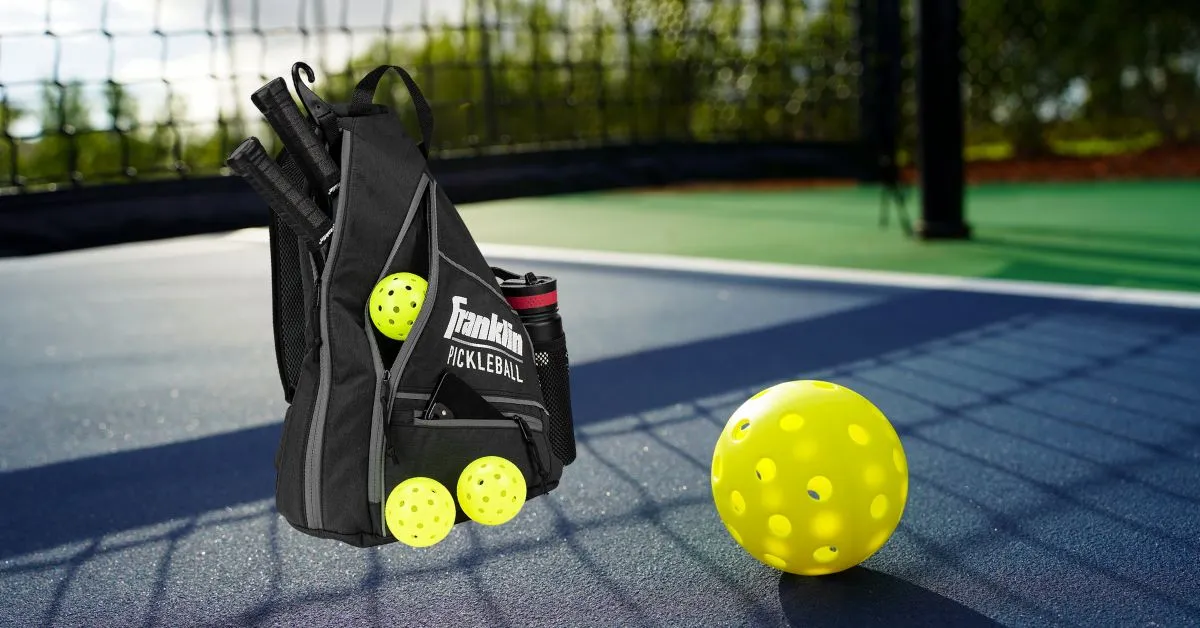Table of Contents
Smoking and grilling are two quintessential cooking techniques that define the essence of outdoor cooking. While they are often associated with distinct equipment, many outdoor cooking enthusiasts ponder the versatility of their gear. Specifically, can a smoker be used as a grill? This article delves into the adaptability of smokers, providing insights into how they can double as grills, and what that means for your barbecue experience.
Key Takeaways:
- Understanding the fundamental differences between smoking and grilling.
- Techniques for converting a smoker into a grill.
- Tips for achieving the best grilling results using a smoker.
With detailed and rigorous research, we provide our readers with the finest recommendations. Our recommendations are our opinions. Our cause is backed by reader support- for every click made through one of our affiliates links, a commission may be earned at no extra expense to you! As an Amazon Associate, Reviewsopedia may earn a commission from qualifying purchases. Thank you and enjoy!
The Basics of Smoking vs. Grilling
Smoking is a low-and-slow cooking method that imparts a rich, smoky flavor to food, typically at temperatures ranging from 225 to 275 degrees Fahrenheit. Grilling, on the other hand, involves cooking food at higher temperatures, usually above 400 degrees Fahrenheit, which results in a quicker cook time and a seared exterior. The question arises: can the gentle art of smoking be reconciled with the high-heat intensity of grilling?
Transforming Your Smoker
Transforming a smoker into a grill is not only possible but also relatively simple in many cases. The key lies in the ability to manipulate the heat source and the cooking surface. For instance, in an offset smoker, one can build a larger fire in the firebox and open the vents to increase airflow, thus raising the temperature to grilling levels. This allows the cooking chamber to reach the high heat necessary for grilling.
The Right Equipment Matters
Not all smokers are created equal when it comes to doubling as a grill. Some models, like the kamado-style smokers, are designed with versatility in mind and can easily transition between smoking and grilling. Others, such as certain vertical water smokers, may not be as adaptable due to their design and airflow patterns. It's important to know your smoker's capabilities before attempting to grill.
Adjusting the Heat Source
When using a smoker as a grill, the placement and intensity of the heat source are crucial. In a traditional smoker setup, the heat is indirect, meaning it's not directly under the food. To grill, you'll need to rearrange the coals or wood to create a direct heat zone. This might involve removing a water pan if present, or adjusting the racks to bring the food closer to the flames.
Airflow is Key
Airflow control is essential in maintaining the high temperatures required for grilling. Smokers typically have vents or dampers that allow you to regulate the amount of oxygen feeding the fire. When grilling, these should be opened more than usual to stoke the flames and increase the heat, keeping in mind that this will also burn through fuel faster.
The Importance of Monitoring Temperature
Grilling on a smoker demands vigilant temperature monitoring. Unlike dedicated grills, smokers may not be as efficient at retaining high heat, so an accurate thermometer is indispensable. You'll need to keep a close eye on the temperature gauge and make adjustments to the airflow and fuel as needed to maintain the desired grilling temperature.
Fuel Types and Flavor
The type of fuel you use can impact the flavor of your grilled food. While wood and charcoal are common for smoking, they are also excellent for grilling, imparting a smoky flavor that gas grills can't match. Hardwoods like hickory, oak, and mesquite are great for grilling, as they burn hot and clean, providing the perfect sear and flavor.
Grilling Techniques on a Smoker
To effectively grill on a smoker, you'll need to master techniques such as two-zone cooking, where one part of the grill is set up for high heat and the other for lower heat. This allows for better control over cooking times and can help prevent burning. Additionally, using a cast-iron grate can enhance the grilling experience by providing better heat retention and those desirable grill marks.
Maintenance and Safety
Using your smoker as a grill requires some additional maintenance. High grilling temperatures can cause grease and food particles to burn onto surfaces, so regular cleaning is necessary to maintain performance and safety. Also, be mindful of the increased fire risk with higher temperatures and have a fire extinguisher handy.
Experiment and Enjoy
The beauty of using a smoker as a grill lies in the experimentation and the unique flavors you can achieve. Don't be afraid to try different techniques, fuels, and recipes. Whether you're smoking brisket or grilling steaks, the versatility of your smoker can bring a new dimension to your outdoor cooking.
Summary
In summary, while smokers and grills are designed for different cooking methods, many smokers can indeed be used as grills with the right adjustments. By understanding the equipment, managing the heat source, and controlling airflow, you can enjoy the best of both worlds. Remember to monitor temperatures closely, choose the right fuel for flavor, and maintain your smoker for safety and longevity. With these tips, you can transform your smoking sessions into grilling adventures.
FAQ Section
Will using my smoker as a grill damage it?
Generally, using a smoker as a grill should not damage it if done correctly. However, it's important to clean it thoroughly after grilling due to the higher temperatures and potential for grease buildup.
Can I use any type of smoker as a grill?
While many smokers can be used as grills, some are better suited for this than others. Kamado-style smokers, for example, are particularly versatile. Always check the manufacturer's recommendations for your specific model.
How do I maintain the right grilling temperature on my smoker?
Maintaining the right temperature involves managing the airflow through vents, using a reliable thermometer to monitor the heat, and making adjustments to the fuel as necessary. It requires more attention than grilling on a dedicated grill but can yield excellent results.
Other Related Articles
